Test Methodology
I use an LW-9266 Fan PQ performance measurement apparatus to evaluate the performance of cooling fans. This highly sophisticated scientific instrument was made in Taiwan by Long Win.
Fan Testing Machine Technical Specifications:
- Manufacturer: Long Win Science & Technology Corporation
- Air Flow Rate: 2.4 – 250 CFM
- Accuracy of Air Flow Range: <3.5% INFS
- Repeatability error: < 2%
- Static pressure: 0-20mmAq (100mmAq with the high static pressure throttle device)
- Overall Dimensions: 0.7 (W) x 2.2 (L) x 1.6 (H) m
- Power Source: 220VAC, 5A, Single Phase, 50/60Hz
- Based on Standards: ISO 5801-2007, AMCA 210-0, ASHRAE 51-2007, IEC 61591-2005, GB/T 1236-200
In addition to the Long Win machine, I also utilize the following equipment.
Testing Equipment:
- Noise Test Environment: Hemi-Anechoic Chamber with 6 dB(A) noise floor
- Conditions: 25 (+-2) degrees Celsius, 40-50% humidity
- Sound Analyzer: Bruel & Kjaer 2270-S G4
- Microphone: Bruel & Kjaer Type 4955-A
- Mic Calibrator: Bruel & Kjaer Type 4231
- Data Logger: Picoscope TC-08
Pages:

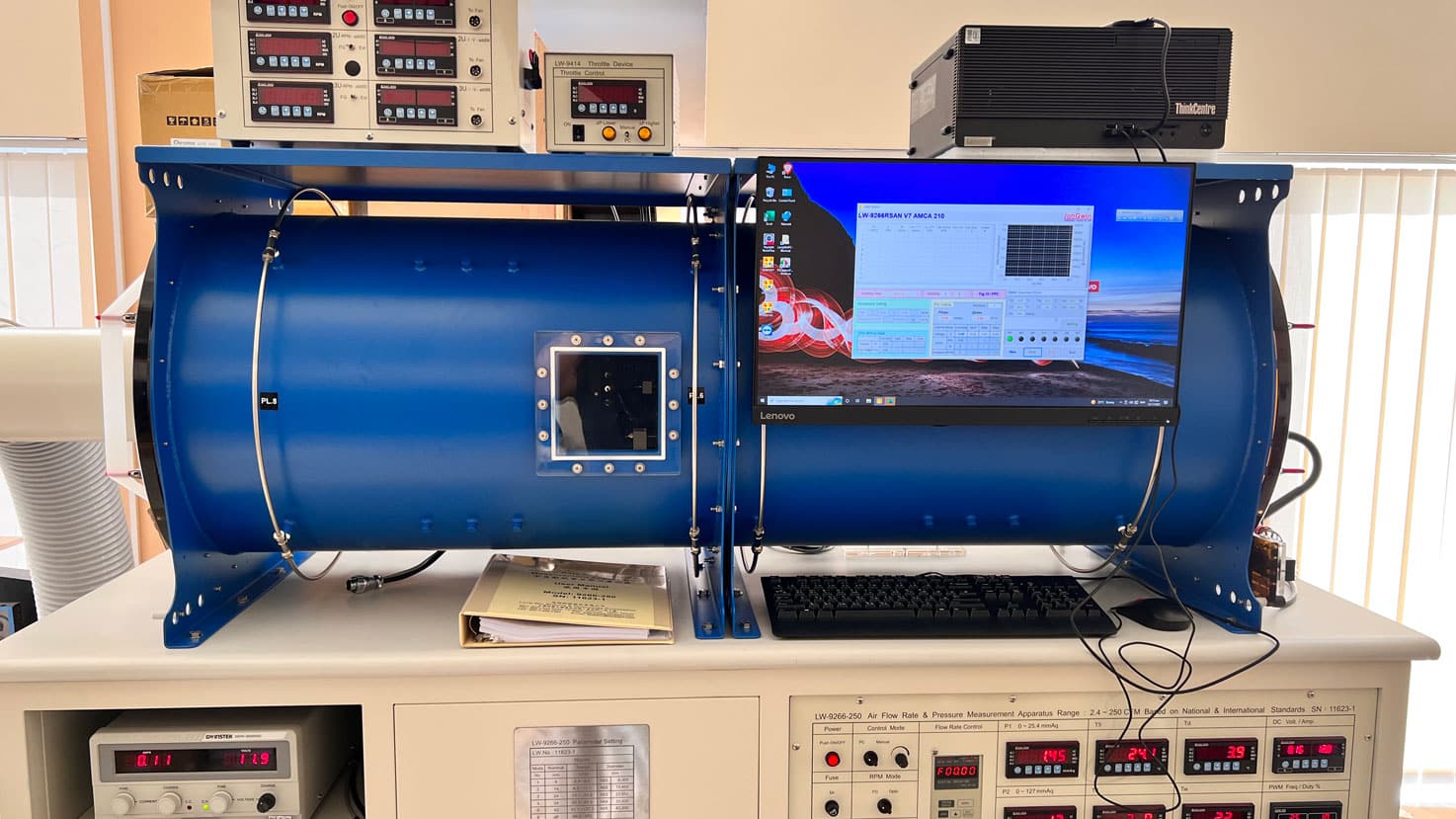
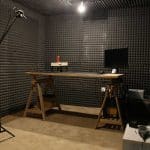
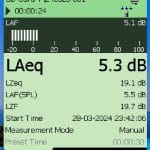
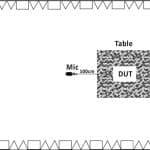
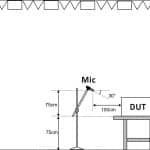
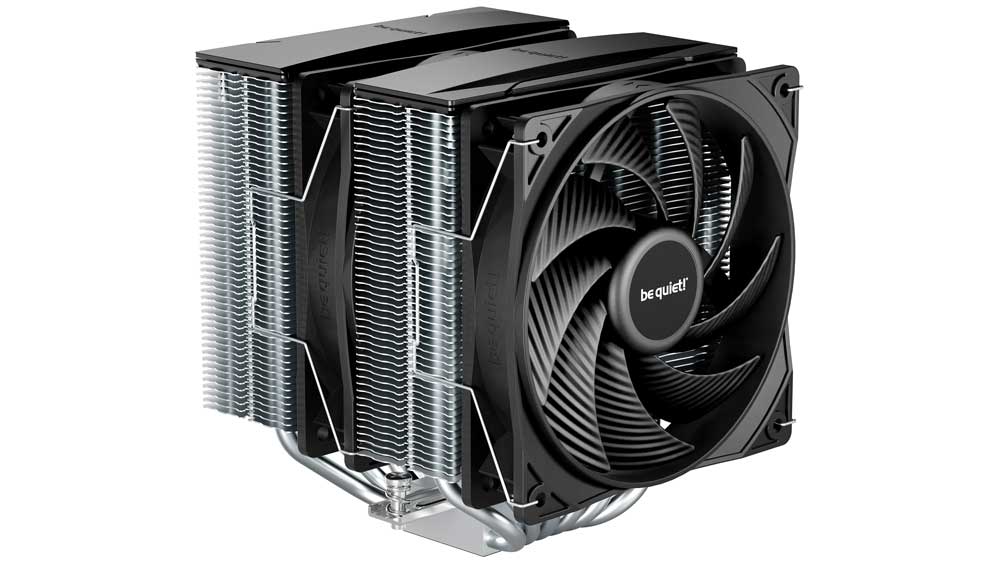
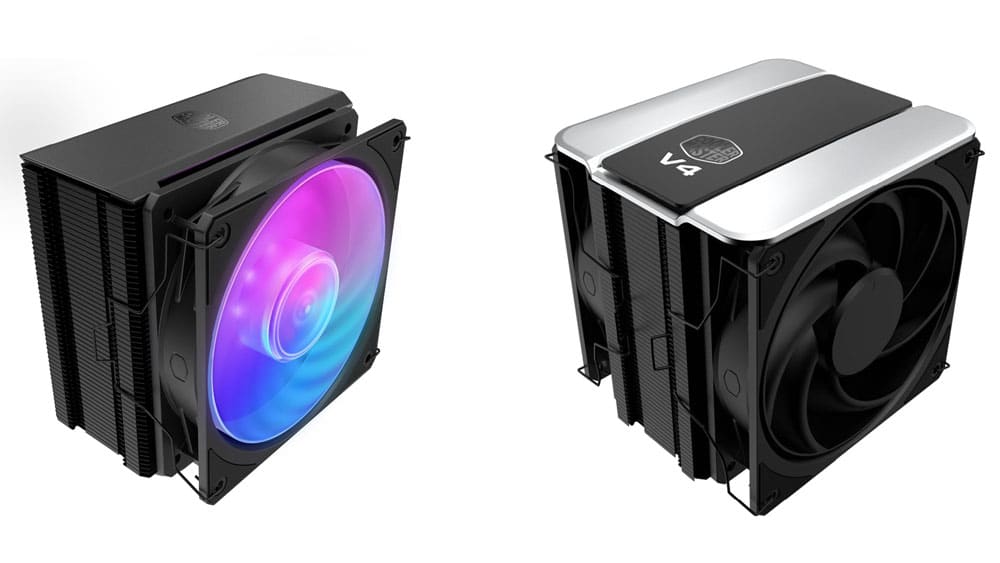
Thanks for the review. I was particularly interested in how the Noctua NF A12x25 G2 compared to the XPG Nidec Vento Pro 120 PWM, since the XPG compared pretty well to the Phanteks T30-120. To my surprise it didn’t compare that well with the Noctua with respect to static pressure. Then I noticed that the values for static pressure of the XPG in the normalized noise comparison graphs for the Noctua are substantially lower than in the original test for the XPG and in the normalized noise comparison graphs for the Phanteks. E.g.: Original test @ 25 dBA: 1.92 mmAq, Noctua comparison graph @ 25 dBA: 1.68 mmAq.
If the values for static pressure in the Noctua comparison graphs are correct, the performance of the XPG drops considerably compared to the original test.
Can you explain what happened here?
It’s a one-trick pony fan IMO. It’s a quiet fan but that’s all it has to offer. Just performance-wise, it’s in the middle of the pack with focus on low noise performance… however at that level of low RPM, they would all perform more/less the same with maybe 1 or 2C delta in real world. On the otherhand, T30 performs well at low noise but also has the ability to scale up to insane level if one desires that destroys even the Noctua Industrial fan, thus killing 2 birds with one stone.
The performance of the Arctic P12 Pro is outstanding!
Is there any reason to buy the Noctua NF-A12x25 G2, given that the Arctic fan is much cheaper and better?
In my country, the P12 Pro costs just 5.66 euro, whereas the NF-A12x25 G2 costs 28.59 euro. The Noctua fan is five times more expensive than the Arctic fan, and it is underperforming in static pressure tests.
Also, I have no idea why the P12 Pro is so cheap right now.
Even if it’s one of the best 25mm fans, other options perform very similar to it (Toughfan 12 Pro and P12 Pro as mentioned) and if you have room for 28-30mm you have even more options
Makes me curious to see what Noctua could achieve with 28 or 30mm, especially on the 140mm G2 version. Thermalright released some 28mm versions of 25mm fans and by specs it’s roughly 10% better on both airflow and pressure, guess I’ll just keep dreaming of a 140x30mm fan that is 15-20% better than the G2 lol. Thanks for the review as always!
Thanks, great review. Fan looks very premium but 30+ dollars for 1 fan, damn I feel poor. Thankfully I don’t like low noise fans I prefer the loudest that exist so everything is very cheap in that range.